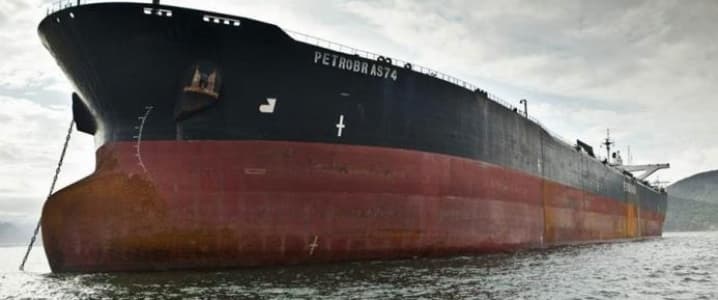The Louisiana Offshore Oil Port plans to start exporting crude by early next year, in the latest indication there’s an oil export boom in the world’s top oil consumer. According to media reports citing an emailed LOOP statement, the private company operating the port is currently looking for potential producers interested in shipping their crude from LOOP.
LOOP is certainly not the only port eyeing exports as shale output continues to grow. Yet it is the deepest one: it is the only port on the U.S. Gulf Coast capable of handling Very Large Crude Carriers, or VLCCs, which have a capacity of up to 2 million barrels of crude.
As we noted earlier, the Gulf Coast is bustling with port-expansion activity as producers rush to send their crude overseas. Until relatively recently, the Port of Houston was where all the oil action in Texas took place. Now, things are changing, with energy companies expanding along the state’s coast, shunning the busy—and more expensive—big port.
Energy independents such as Cheniere, Occidental Petroleum, and refiner Phillips 66 are building capacity along the Texas coast, and Occidental even tested a VLCC at its Corpus Christi facility earlier this year. Yet on the whole, the usual way to load VLCCs in the Gulf is to first load the crude on smaller vessels and then transfer it to the supertanker in deeper waters. Related: Saudi Arabia Regains Influence Over Oil Markets
This is where LOOP’s main advantage over the other ports lies: there is no need for the transfer, which increases costs and potentially, the risk of a spill. This is an important advantage as U.S. crude is not terribly competitive with lower-cost producers such as those in the Middle East.
“LOOP is the most obvious place for U.S. crude exports since as a deepwater port it makes it more manageable to load up a large ship such as a VLCC,” the head of commodities and energy research at Morningstar, Sandy Fielden, told Bloomberg. “It makes huge sense from a logistical perspective as it will allow for more efficient cargo shipments.”
According to McQuilling Services, as quoted by Bloomberg, demand for VLCC ton-miles for the Far East this year will shoot up 52 times. The Far East is one of the most natural destinations for U.S. crude, so chances are that producers will waste no time to take advantage of the LOOP export capacity, which according to analysts, could boost America’s total daily export rates by 300,000 barrels.
This year, the U.S. has been exporting an average daily of 758,000 barrels through June 14, according to the EIA, with exports hitting a record-high of 1.303 million bpd for one week in late May. By 2020, PIRA Energy forecasts, exports could reach 2.25 million bpd, which is more than what Kuwait and Nigeria, separately, ship overseas. To compare, last year the average daily rate of U.S. oil exports was 520,000 barrels, according to EIA data.
At such rates of growth, LOOP is doing the only sensible thing: using the advantages it already has to benefit from the export rush. For now, its only competitor is the Corpus Christi facility of Occidental.
By Irina Slav for Oilprice.com
More Top Reads From Oilprice.com:
- New Tanker Regulations May Impact Oil Prices
- Nigeria Ups Oil Output Despite Rampant Oil Theft
- Oil Prices Spike In Spite Of Bearish EIA Forecast


















